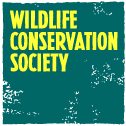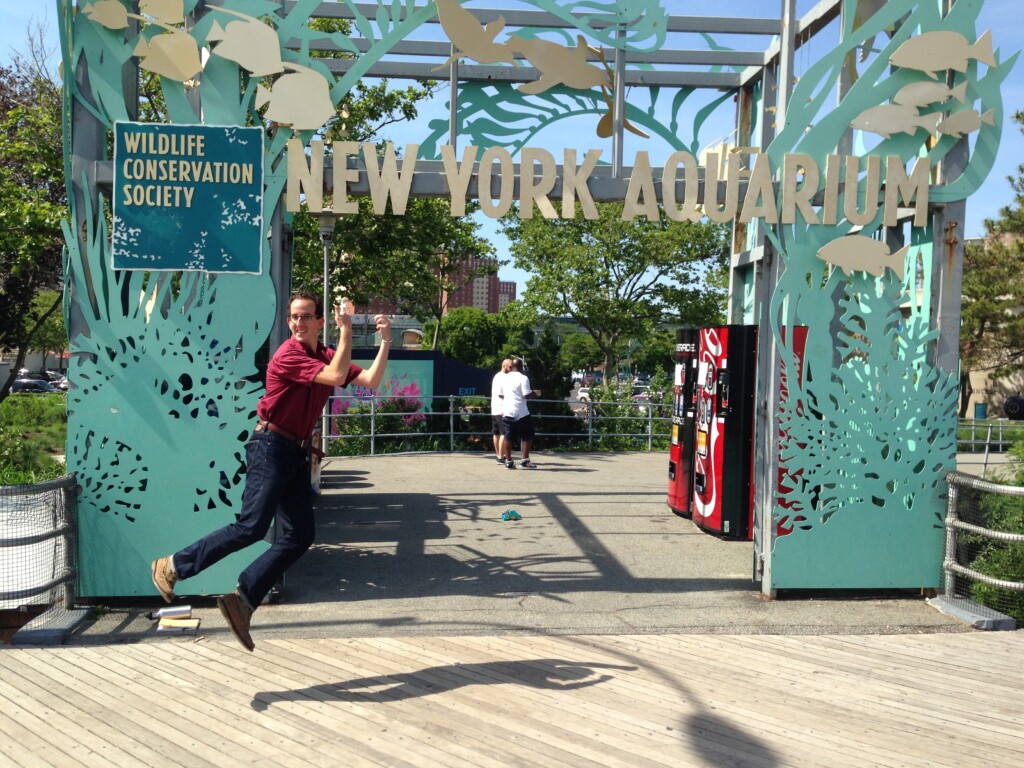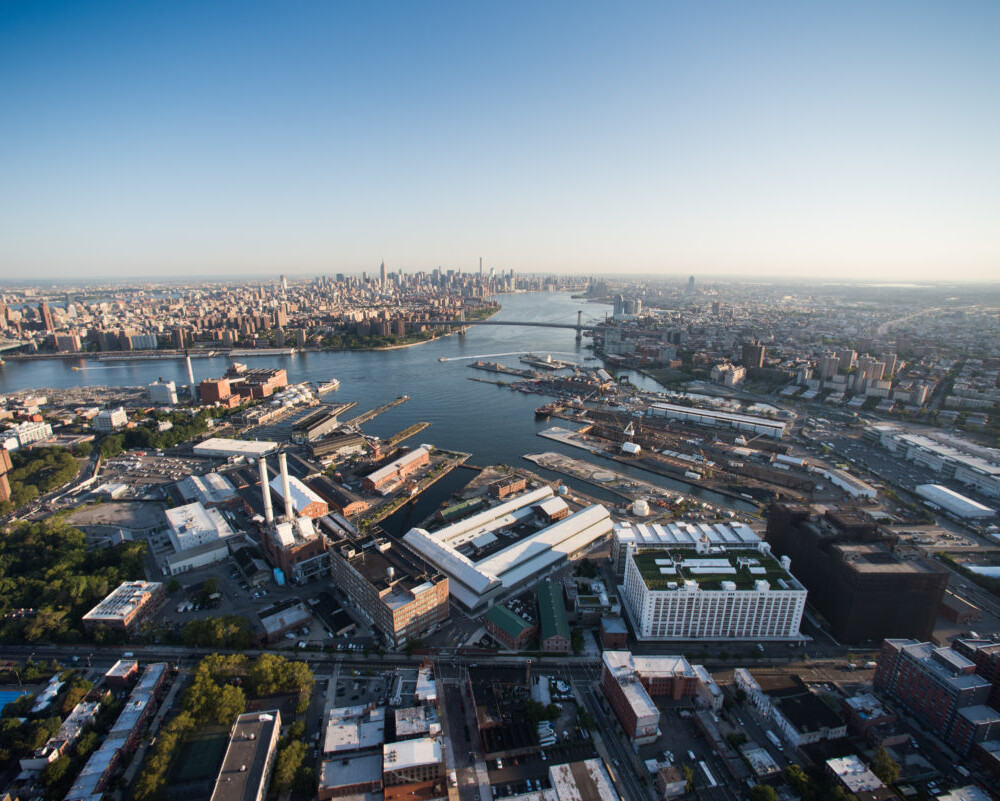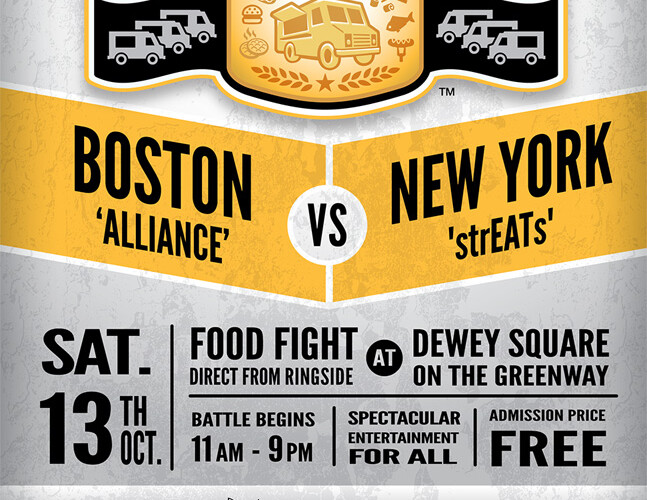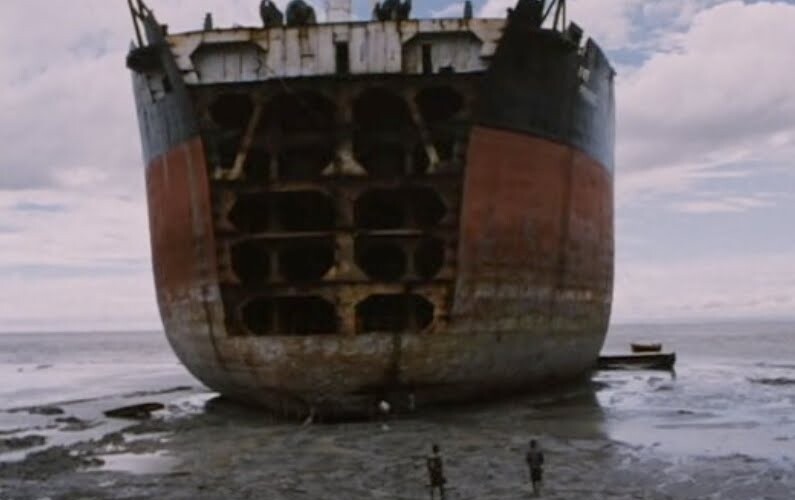We are now three weeks in to our Brooklyn Waterfront Past & Present Tour series, and our guest speakers so far have been spectacular. Nate Kensinger was able to recall how almost every inch of the Brooklyn, Greenpoint, and Newtown Creek waterfronts have changed over the 10 years that he has been photographing, filming, and researching New York City’s industrial edges. Emily Manley helped us understand why the Gowanus Canal is so troubled, and how the state, federal, and local regulatory agencies work together to clean up the site, and hopefully there are now a few more readers of the New York Environment Report.
For week three, we are again heading north up the East River and the Newtown Creek with Noah Chesnin, Policy Program Manager for the New York Seascape Program at Coney Island’s New York Aquarium, who will share with us his work in conservation, education, and policy connected to the marine wildlife and habitats of the greater New York region.
What is the New York Seascape Program, and what is your role there?
Noah Chesnin: The Wildlife Conservation Society (WCS) operates the New York Aquarium, Bronx Zoo, Central Park Zoo, Prospect Park Zoo and Queens Zoo, as well as has conservation programs in more than 60 countries around the world. The New York Seascape Program blends both arms of the organization and serves as the conservation program at the WCS New York Aquarium.
The program focuses on the coastal and ocean waters of the New York Bight, from Montauk, New York to Cape May, New Jersey. It is an ecological treasure trove, providing critical migration routes for globally threatened species, including sea turtles, whales, and sharks, as well as nursery grounds and critical habitat for hundreds of marine species. Through field research, policy, education, and outreach, our goal is to make room for wildlife in our busy ocean backyard.
I serve as the Policy Manager for the program. My job is to translate our scientific work into conservation policy goals that the organization and our visitors and members can advocate for.
How did you start working at the Wildlife Conservation Society?
NC: I joined WCS in the Winter of 2014. I was excited to join the team to help integrate conservation messages into the visitor experience at the aquarium and zoos and build a New York ocean ethic and local constituency for marine conservation. Prior to working at WCS, I worked on ocean policy for government and environmental conservation organizations.
What are some of the issues that you are tackling in your work?
NC: WCS is engaged in a range of local marine policy issues. For example, we are working to support ocean planning efforts in New York State and across the region (mandated by President Obama’s National Ocean Policy) in order to identify and protect important ecological areas in our ocean. We helped raise public awareness and worked with diverse partners including the fishing industry and Mid-Atlantic Fishery Management Council to secure a precedent-setting decision that will ultimately protect large areas of offshore Hudson Canyon habitat and the deep sea cold-water coral communities they support from damaging fishing practices.
And you do a lot of work with sharks?
NC: There are 26 species of sharks and 14 species of skates and rays that migrate through and/or reside in New York waters, and that play a role in the healthy functioning of our local ocean. The NY Seascape has been studying the movements of several of these species through acoustic and satellite tagging. We are working to identify special places they use and then help protect these animals while they are in New York waters.
Additionally, we are collecting health samples to get baseline assessments of wild populations that we can use to inform the care, management, and captive breeding of animals in our collection. We’re also working with The Shark Trust to launch a citizen science program called the Great Eggcase Hunt where people can monitor their local beaches for skate eggcases.
There are a lot of exciting changes taking place at the WCS New York Aquarium – can you tell us about some of them?
NC: It has been a long road since Hurricane Sandy ravaged the WCS New York Aquarium in October 2012. But the storm has spurred a new chapter in our history. Construction on the “new” New York Aquarium has begun. We’ve broken ground on Ocean Wonders: Sharks!, a brand new, 57,000 square-foot building that will house over 100 species of amazing marine life.
Opening in 2017, we’ll have exhibits about the diversity, ecological importance and conservation threats facing sharks, as well as exhibits about the NY Seascape, sustainable seafood, and personal actions visitors can take to support marine conservation.
What is your favorite thing about working at the aquarium?
NC: My favorite thing about working at the WCS New York Aquarium is the visitors. I love the challenge of trying to inspire the public to learn more and care about local marine wildlife. The ocean is a public trust resource – it belongs to all of us! I’m excited to try to raise awareness and increase public participation in marine conservation decisions. Plus, how can you get stressed at work when you can just walk outside and watch a harbor seal or shark?
What can ordinary people do to address some of these environmental issues?
NC: There are a lot of ways people can support marine conservation. Whether it is deciding to save energy, choosing what seafood to eat or avoid, or using re-usable bags or recycle, personal actions like these can help lessen the impact we have on the ocean. People can also take civic actions to support marine conservation: submit a public comment about a potential policy decision, call your elected official and tell her/him that you think marine conservation is important, write an op-ed or submit a letter to the editor of your local paper.
You can also join the Wildlife Conservation Society’s Blue York Campaign to learn more about and help protect local marine wildlife.
What are you looking forward to seeing on the boat tour of the Brooklyn Waterfront? What are some of the things that you will be discussing?
NC: New York City is a city of islands at the edge of a vast ocean. And yet, most people don’t get to experience the city from the water. I’m excited to peruse the East River and Newtown Creek, talk about the wildlife that still make their home here in the city, and then discuss efforts underway to protect them.

